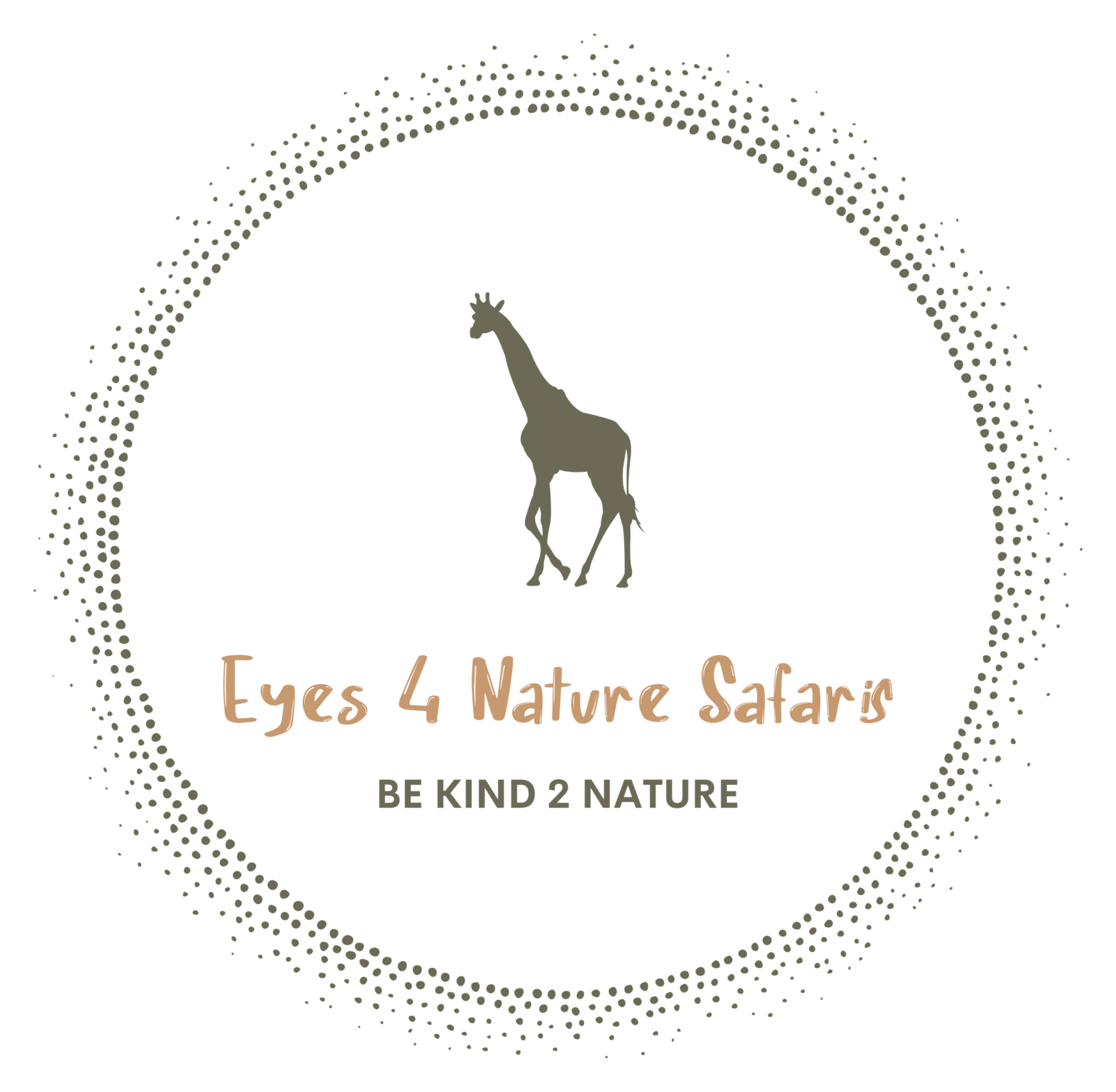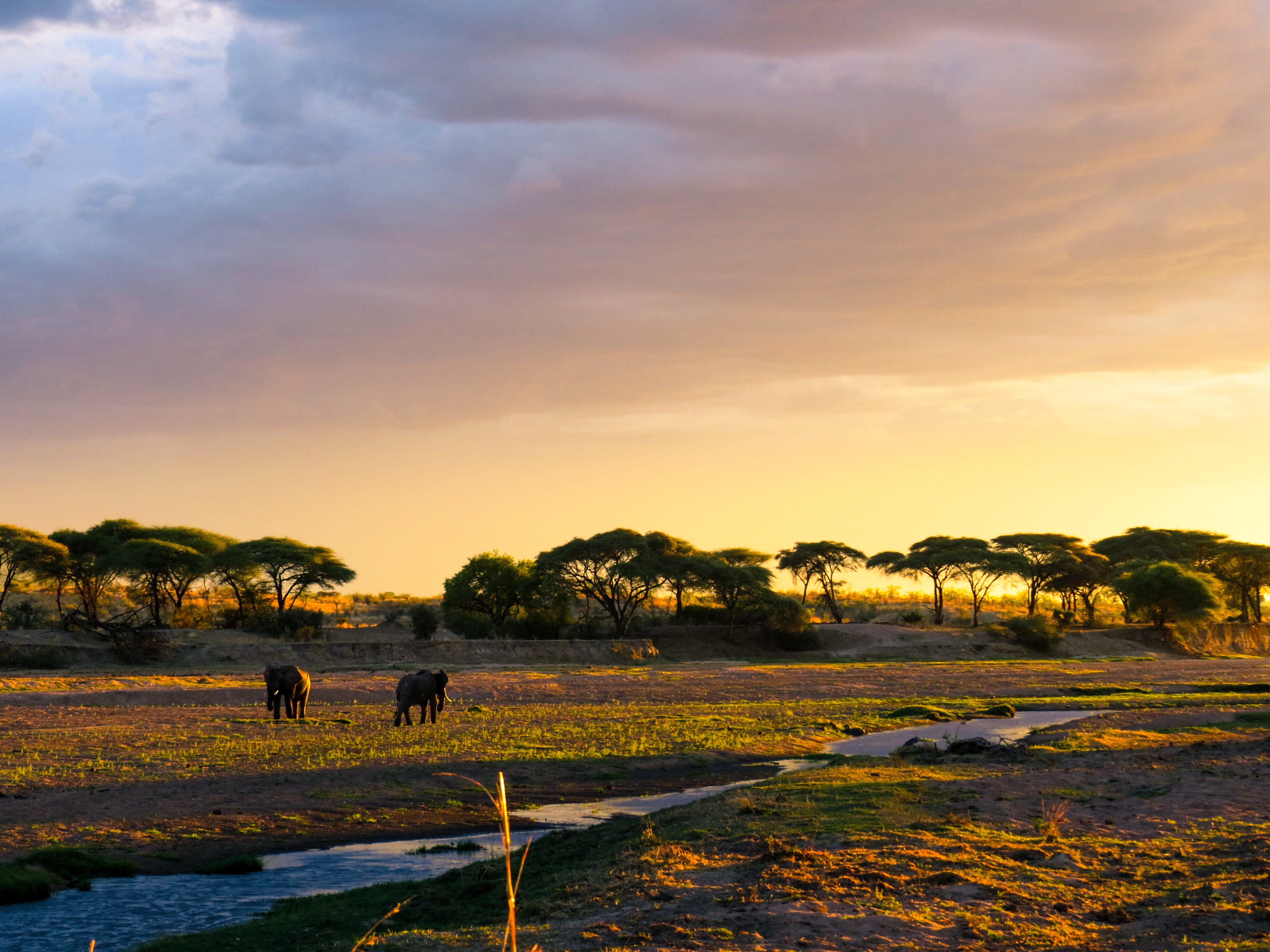
Ruaha National Park: A Guide to Tanzania's Untamed Wilderness
Ruaha National Park, a vast and remote wilderness, is Tanzania's largest protected area. Known for its dramatic scenery along the Great Ruaha River, high predator concentrations, large elephant herds, and a truly wild safari atmosphere.
Ruaha National Park is where the wild heart of Tanzania truly beats. As the country's largest national park, it offers an immense, rugged landscape that feels a world away from the more frequented northern parks. The lifeblood here is the Great Ruaha River, carving its way through dramatic gorges and wide sand rivers, attracting an astonishing array of wildlife. This isn't just a park; it's an expedition into a land where nature still holds sway, where elephants roam in vast herds, and where predators like lions, leopards, and wild dogs command the plains. For me, Ruaha represents the essence of an untouched African safari – raw, unpredictable, and deeply rewarding.
Apollo's Recommendation
To truly appreciate Ruaha, plan for at least 3-4 nights, ideally more. Its sheer size and the diversity of its habitats mean you need time to explore. The dry season (June to October) is prime for game viewing along the river systems, but the "green season" offers stunning landscapes and birding. Focus your game drives along the Great Ruaha River and its tributaries. My key advice: embrace the wilderness feel. Ruaha is less about ticking off a checklist and more about immersing yourself in the environment. A walking safari here is an absolute must; it’s one of the best places in Tanzania for it, offering a chance to track animals on foot and appreciate the smaller details of the bush.
The Great Ruaha River & Untamed Wilderness
The Great Ruaha River, along with its network of tributaries like the Mwagusi and Mdonya, is the ecological backbone of the park. During the dry season, these riverbeds become crucial congregation points for wildlife.
Ruaha's vastness means it encompasses a transition zone where eastern and southern African flora and fauna overlap, leading to an unusually high diversity of species.
Key Areas and Features of Ruaha:
- The Great Ruaha River: The main artery, with permanent pools even in the driest times, attracting huge concentrations of game. Boat trips might be possible in some sections during the wet season.
- Mwagusi Sand River: Famous for exceptional game viewing, especially for predators and elephants that dig for water in the dry sand. Several renowned camps are located here.
- Mdonya Woodlands: Area with beautiful stands of miombo, good for spotting sable and roan antelope.
- Usangu Wetlands (now part of Ruaha): An important water source and floodplain, contributing to the park's biodiversity, though access can be limited.
- Isimila Stone Age Site: Located just outside Iringa (the nearest town), but culturally relevant to the region, showcasing ancient human history.
- Remote Western and Northern Sectors: Less explored, offering a true wilderness experience for the adventurous.
Wildlife Highlights of Ruaha: Ruaha is a predator stronghold and boasts impressive populations of many species:
- Lions: Home to one of Africa’s largest lion populations, with prides sometimes exceeding 20 individuals. They are often seen hunting buffalo and giraffe.
- Elephants: Large herds of elephants, some of the biggest in East Africa, are a common sight, especially along the riverbeds.
- Greater and Lesser Kudu: Ruaha is a fantastic place to see both species of kudu, with the majestic Greater Kudu bulls being a particular highlight.
- Wild Dogs: Significant populations of the endangered African Wild Dog can be found here, offering thrilling sightings.
- Leopards: Plentiful, though characteristically elusive, often found in the dense riverine vegetation or on rocky kopjes.
- Cheetahs: Present on the more open plains.
- Other Antelope: Sable, roan, eland, Lichtenstein's hartebeest, topi, impala, waterbuck, and Grant's gazelle are all found here.
- Birdlife: Over 570 bird species recorded, including endemic species like the Ruaha red-billed hornbill and the Ruaha chat. The park is excellent for raptors.
- Hippos & Crocodiles: Abundant in the Great Ruaha River.
Best Time to Visit:
- Dry Season (June - October): This is the peak game viewing period. Animals congregate around the dwindling water sources, especially the Great Ruaha River and its tributaries. Vegetation is sparse, making wildlife easier to spot. Days are sunny and cool.
- Wet Season (November - April): The landscape transforms into a lush green paradise, and it's the best time for birdwatching, with migratory birds present. Many animals disperse from the rivers. Some camps may close, and road access can be challenging, especially during the heavy rains (March-April).
- "Shoulder" months (May, November, early December): Can offer a good balance of pleasant weather, green scenery, and still decent game viewing before the crowds of peak season or the challenges of heavy rain.
Accommodation Options: Ruaha's accommodation tends to be more exclusive and often focuses on an authentic, remote bush experience.
- Luxury & Mid-Range Tented Camps: Many excellent camps are situated along the riverbeds or with stunning views, often unfenced for a true wilderness feel. Examples include Jabali Ridge, Kwihala Camp, Mwagusi Safari Camp, Jongomero Camp, and Ruaha River Lodge. Price range: $500-1,500+ per person per night.
- Budget Options: Limited within the park itself. TANAPA (Tanzania National Parks) offers some basic bandas and campsites. More budget-friendly lodges might be found outside the park, closer to Iringa, but this means significant travel time to prime game areas.
- Fly Camping: Some high-end lodges offer fly camping experiences for a truly immersive night in the bush.
Practical Information:
- Park Fees: Generally in the range of $30-$50 per adult per 24 hours, children less. Always verify current fees with official sources. Vehicle and potential concession fees may also apply.
- Access: Ruaha is typically accessed by scheduled or charter flights from Dar es Salaam, Arusha, or the Selous/Nyerere. The main airstrip is Msembe. Driving is possible but very long (10+ hours from Dar es Salaam).
- Internal Travel: The park is vast. Game drives are the primary way to explore. Given the distances, fly-in safaris are most common.
- Activities: Game drives, exceptional walking safaris (often a highlight), and birdwatching. Night drives may be offered by some camps in specific areas.
- Combine With: Often combined with Nyerere National Park (formerly Selous Game Reserve) for a comprehensive Southern Tanzania circuit. Some itineraries may link with Katavi or Mahale.
Ruaha National Park is not just a destination; it’s an immersion. It’s a place that commands respect for its raw beauty and its incredible wildlife. It’s for the safari enthusiast who seeks solitude, authenticity, and a profound connection with the African wilderness. The memories forged here, by the ancient baobabs and along the life-giving river, are the kind that last a lifetime.
Gallery
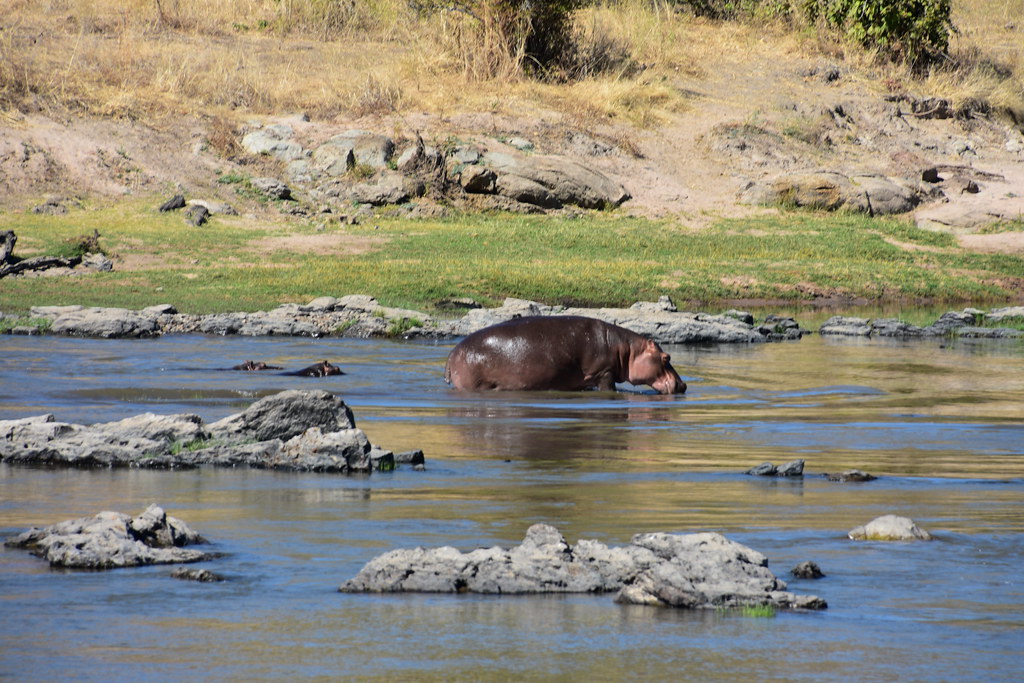
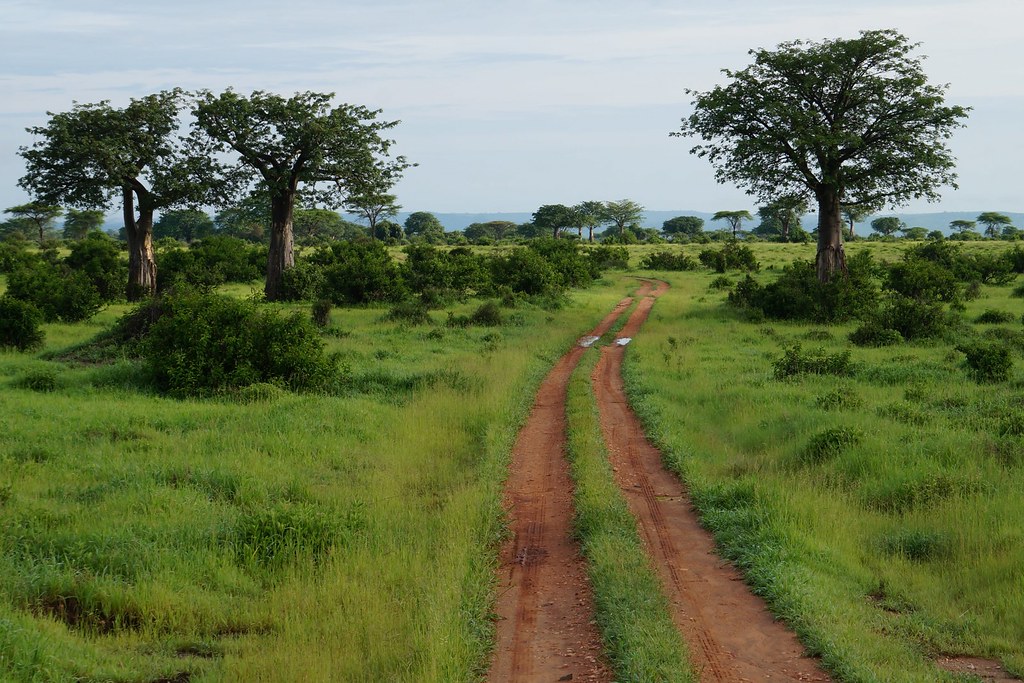
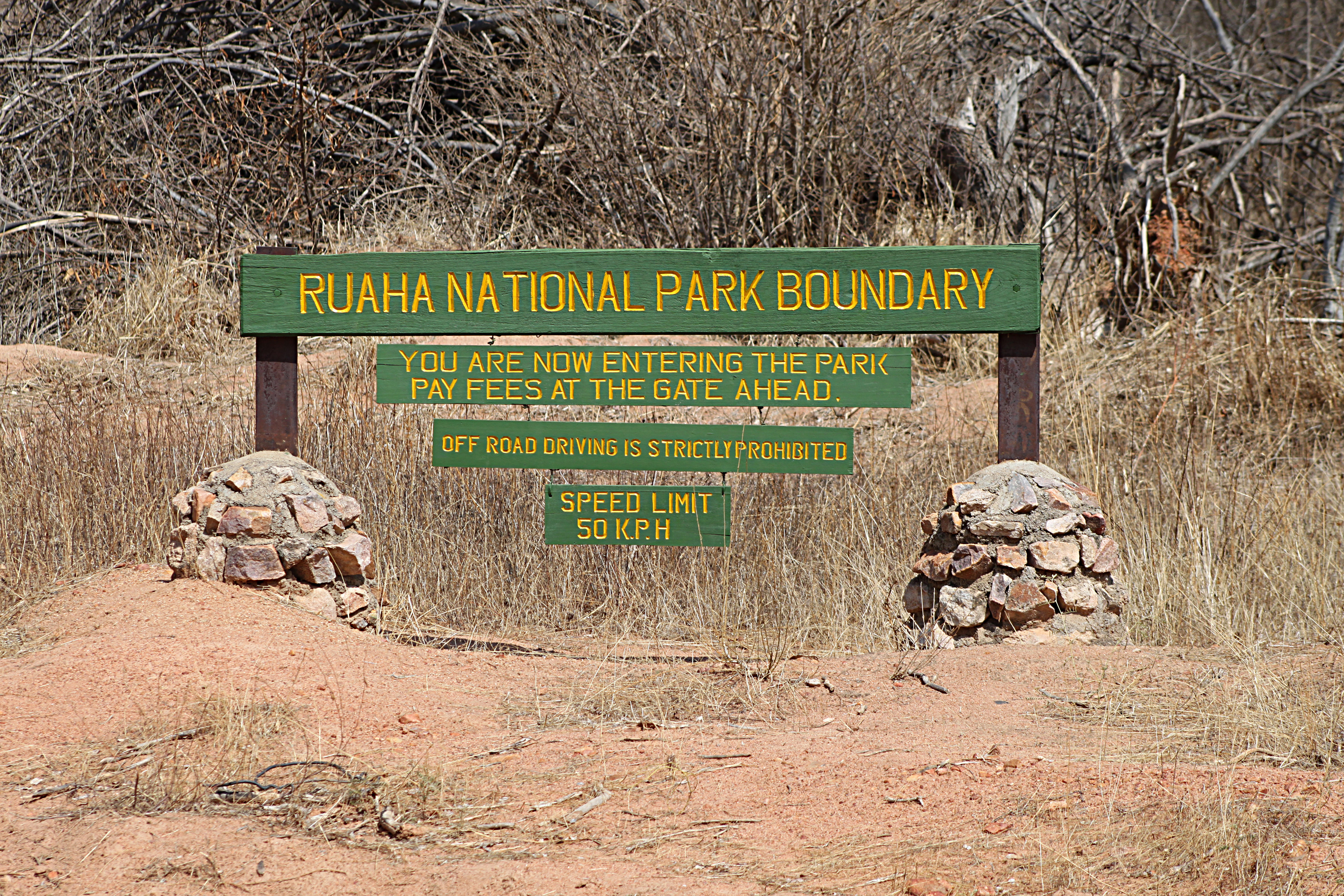
Ready to Book Your Safari Experience?
Contact us today to start planning your perfect Tanzanian safari.
Contact Us